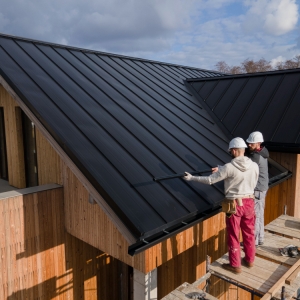Well control equipment forms the backbone of safety in oil and gas drilling operations. Its primary purpose is to maintain control over the wellbore, prevent formation fluids from entering, and mitigate risks associated with kicks and blowouts. Over time, advancements in equipment design and the adoption of simulation technologies have significantly enhanced well control practices, allowing operators to prepare for emergencies and optimize system performance.

Key Types of Well Control Equipment
Blowout Preventers (BOPs)
BOPs are critical components placed at the wellhead to seal, control, and monitor wells. They include ram-type BOPs, which use steel rams to seal the well, and annular BOPs, which provide flexible sealing around drill pipes or casings.
Choke and Kill Manifolds
These systems regulate wellbore pressure during kicks by allowing controlled circulation of fluids. Choke manifolds help maintain bottom-hole pressure, while kill manifolds are used for pumping heavy drilling fluids to stop the influx.
Mud Circulation System
Drilling mud, circulated through pumps and shale shakers, provides hydrostatic pressure to balance formation pressures. The system also supports kick detection by monitoring mud return volumes.
Accumulator Units
These hydraulic systems provide the energy required to operate BOPs quickly and reliably in emergency situations.
Gas Detectors and Monitoring Systems
Advanced sensors continuously monitor for gas influx, enabling early kick detection and timely well control measures.
Simulation Technologies for Optimizing Well Control Equipment
The integration of simulation technologies has transformed how well control equipment is designed, tested, and used in real operations. Key applications include:
Virtual Training Simulators
Drilling crews can practice kick detection, BOP operation, and choke control in a risk-free virtual environment.
These well control simulators replicate real-world scenarios, improving decision-making speed and accuracy during actual emergencies.

Digital Twin Models
A digital twin of the well control system enables real-time monitoring and predictive maintenance.
By simulating equipment behavior under varying pressures and flow rates, operators can anticipate potential failures and optimize maintenance schedules.
Computational Fluid Dynamics (CFD) Simulations
CFD models help analyze fluid dynamics within BOPs, choke manifolds, and mud systems.
Engineers can optimize equipment design for pressure resistance, erosion control, and flow efficiency before physical prototypes are built.
Kick Detection Simulations
Algorithms powered by machine learning simulate thousands of well conditions to refine early kick detection systems.
These models enhance sensor calibration and improve alarm accuracy, reducing false positives.
Scenario-Based Drilling Simulations
Complex drilling simulations combine geological models, drilling parameters, and equipment capabilities.
They allow operators to test well control strategies for specific reservoirs, ensuring that equipment is properly sized and configured.

Benefits of Simulation in Well Control
Enhanced Safety: Crews gain confidence and readiness through lifelike training exercises.
Cost Efficiency: Issues are identified virtually before expensive real-world equipment modifications.
Design Innovation: Simulation accelerates R&D by testing multiple configurations rapidly.
Operational Reliability: Predictive models ensure well control systems operate effectively under high-stress conditions.
Final Thoughts
Well control equipment remains indispensable for managing risks in drilling operations, from preventing kicks to averting catastrophic blowouts. Today, the adoption of simulation technologies adds a new dimension, optimizing equipment performance, boosting crew competency, and enabling proactive risk management. As the oil and gas industry continues to advance, the integration of smart simulations and digital technologies will define the next era of safer and more efficient well control practices.







